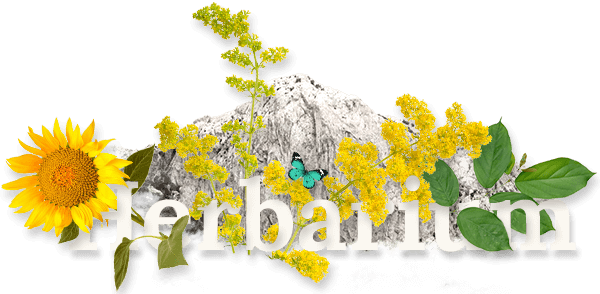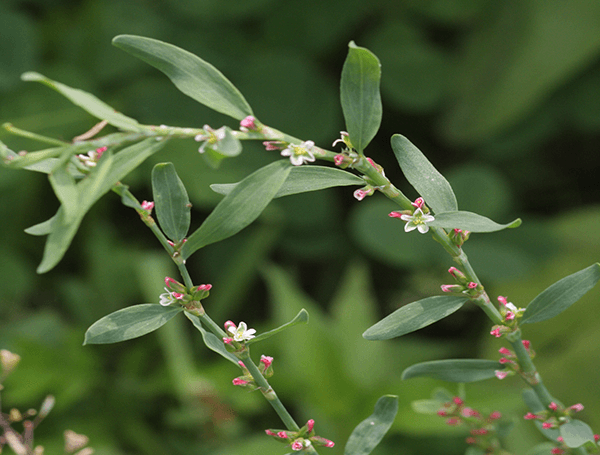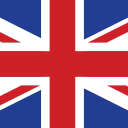Izradu internetske stranice sufinancirala je Europska unija u okviru operativnog programa Konkurentnost i kohezija iz Europskog fonda za regionalni razvoj.
saznajte više

KNOTGRASS
lat. Polygonum
Other names: Knotweed, prostrate knotweed, wireweed, beggarweed, doorweed, bird knotgrass, sparrow tounge, cowgrass
Scroll
Habitat:
Knotgrass can be found in almost all temperate regions throughout the world, and it is perhaps one of the most widely distributed plants in the world. It often grows in waste places, roadsides, railway embankments and along coastlines. It is also a rather common garden weed.
It is especially in Eastern Europe that the herb is collected for medicinal purposes.
Description:
Knotgrass is an annual plant that belongs to the knotweed family (Polygonaceae). The plant is usually 5-15 cm tall, but may in some cases grow much taller. The stem is semi-erect and the leaves are short stalked and hairless. The plant blooms from June to September with 2-4 small, reddish to white flowers. The fruit is a dark brown, three-edged nut.
Plant Parts Used:
The aerial parts of knotgrass are used in herbal medicine. The plant is collected during the summer months when it is in bloom and then dried at 45 ° C. Knotgrass is usually used in conjunction with other medicinal herbs in teas intended as a treatment for bronchitis and other respiratory ailments. Extracts of the herb are often added to standard herbal formulas used to treat coughs and to increase the production of urine. The seeds of knotgrass are very similar to the seeds of buckwheat (Fagopyrum esculentum) and just as starchy.
Pharmaceutical use:
In the past, the sap of knotgrass was used as a styptic agent and was especially recommended for nosebleeds. Some herbalists still prescribe a tea made from the dried herb as a topical astringent for bleeding hemorrhoids. Internally the herb is used in tea form as a remedy for many ailments associated with gastrointestinal system, such as diarrhea, ulcerative colitis and hemorrhoids and also for diseases related to the urinary tract such as cystitis, renal gravel and kidney stones that do not block the ureter. To increase the effect of the herb to treat ailments related to the urinary tract, it is recommended to drink at least 2 liters of water daily (including herbal teas). Furthermore, the herb has been used to treat mild respiratory tract infections and inflammatory conditions in the mouth and throat. A clinical study showed that the use of a mouthwash containing extracts of the herb for two weeks had an anti-inflammatory effect on gum inflammation. Knotgrass has also been shown have antimicrobial properties and that it could be useful as a treatment for fungal infections. The crushed leaves or a strong decoction of the plant can be used as a styptic and wound healing agent.In Chinese herbal medicine, the herb has been used for over 2000 years. There it has mostly been used to expel intestinal worms in children, for the treatment of diarrhea and dysentery, as a remedy for jaundice and gonorrhea, and as a diuretic herb, especially in cases when urination is painful.
Cautions:
Please be aware that herbs, although natural can interact with certain medications, and that they may be ill advised to use under certain health conditions. Please consult a qualified health practitioner for cautions pertinent to you.
No therapeutic claim is made or intended for AZENA products. Information is for educational purposes only.




